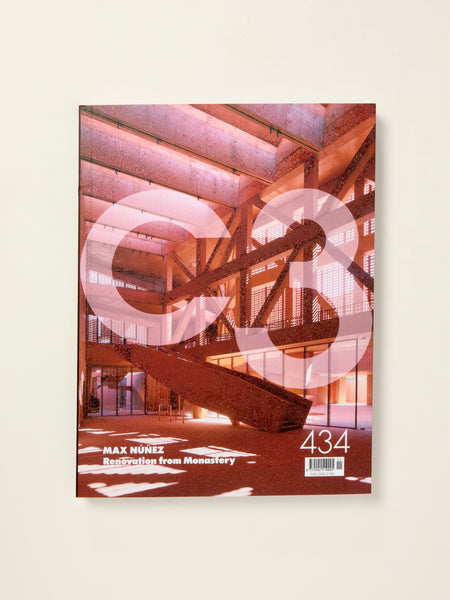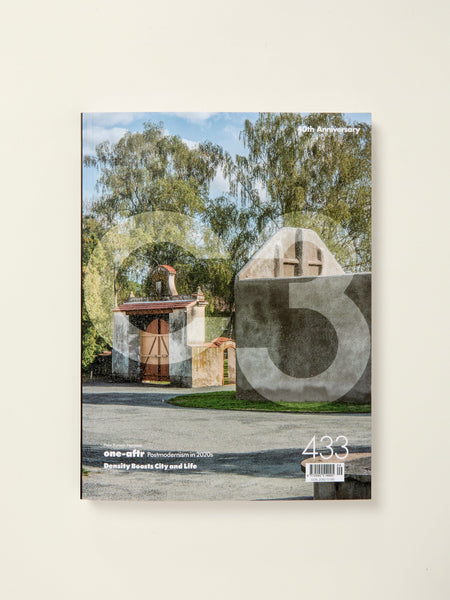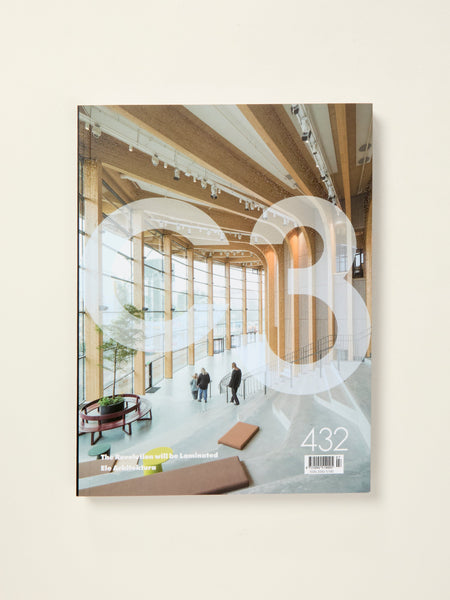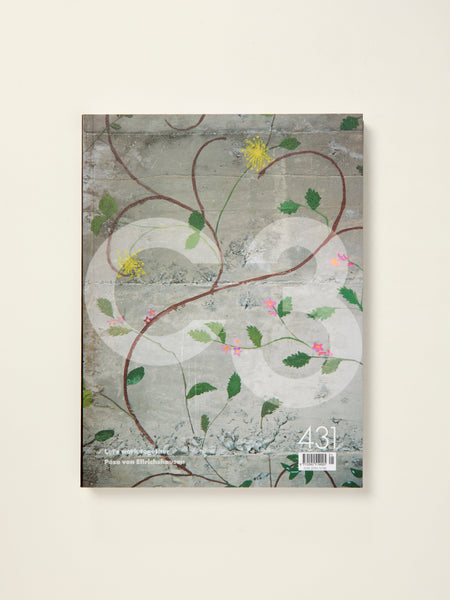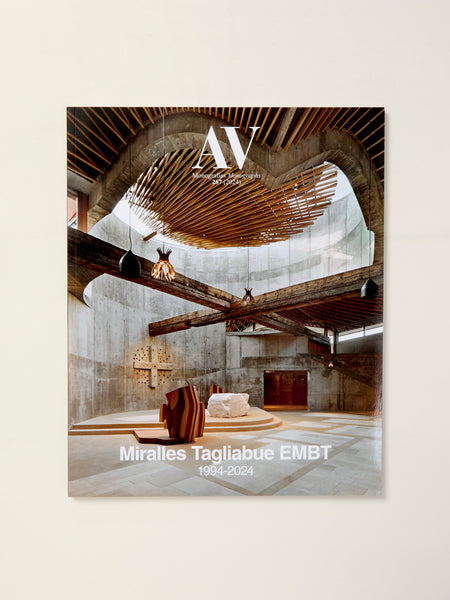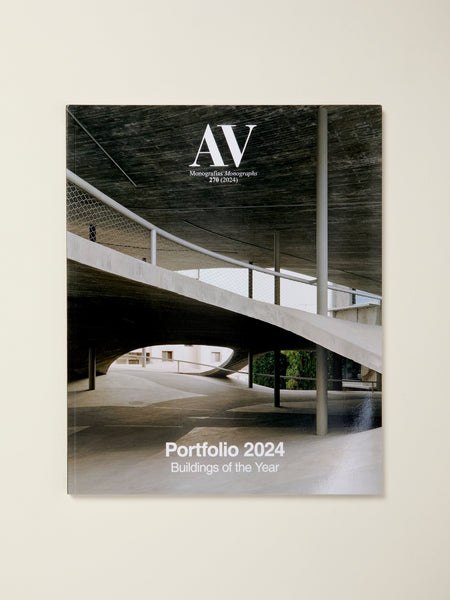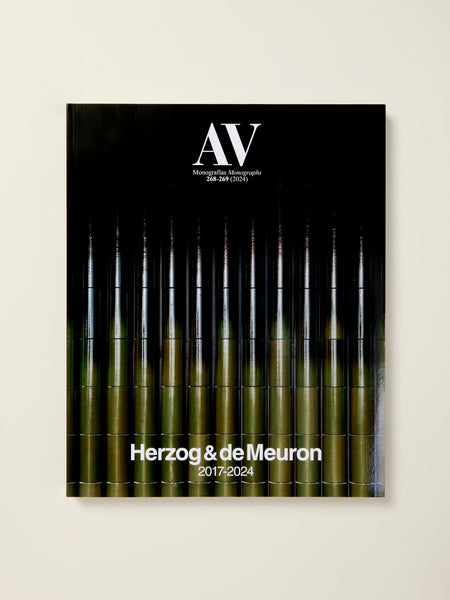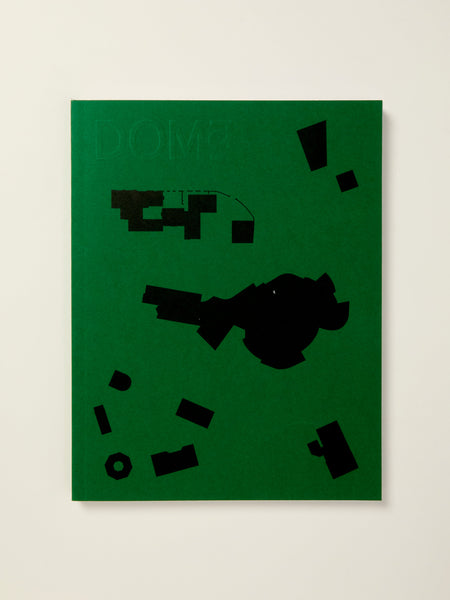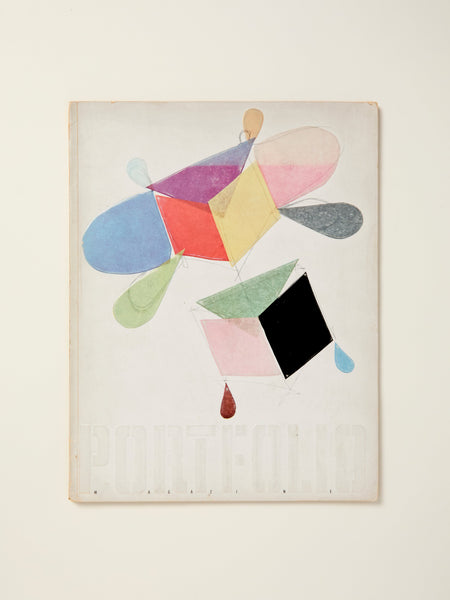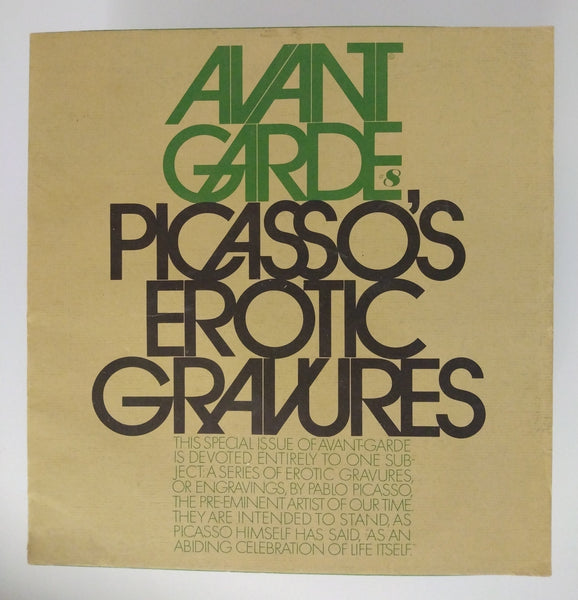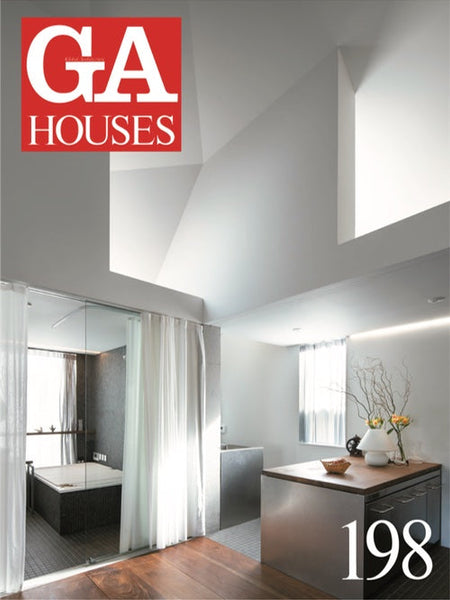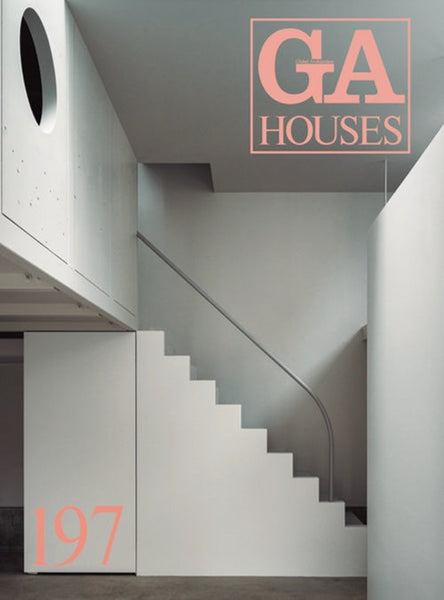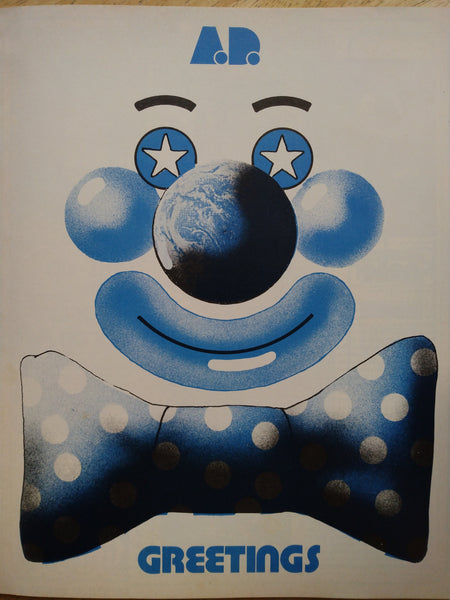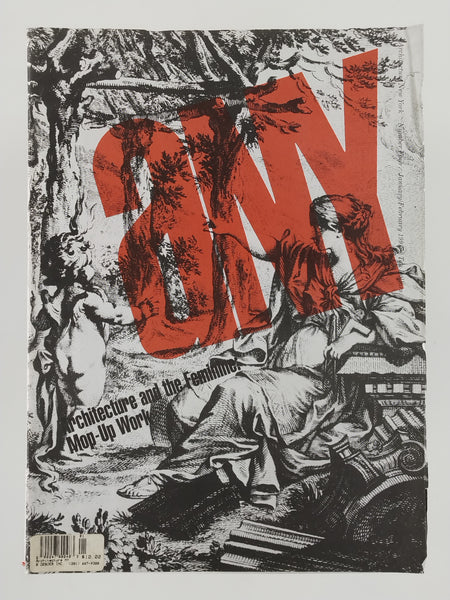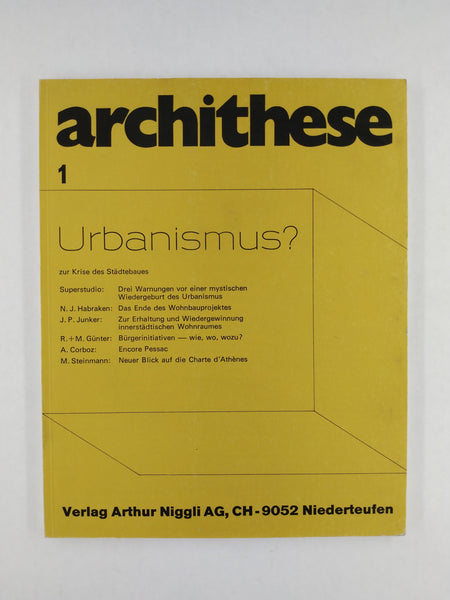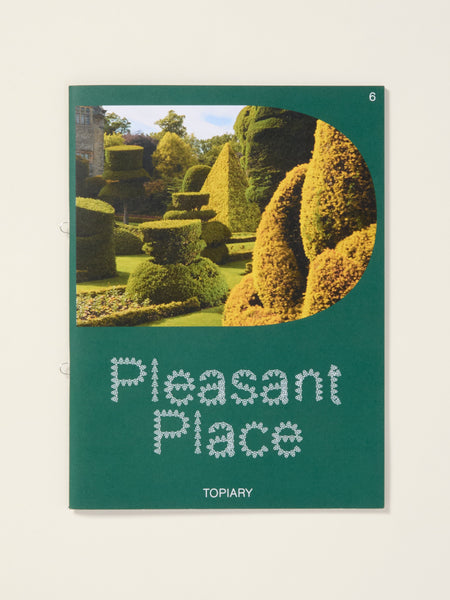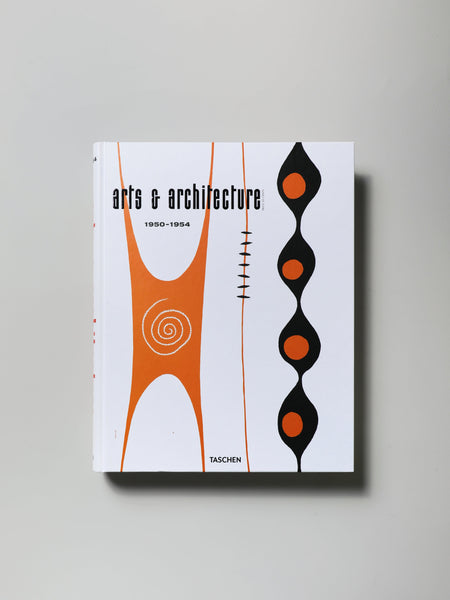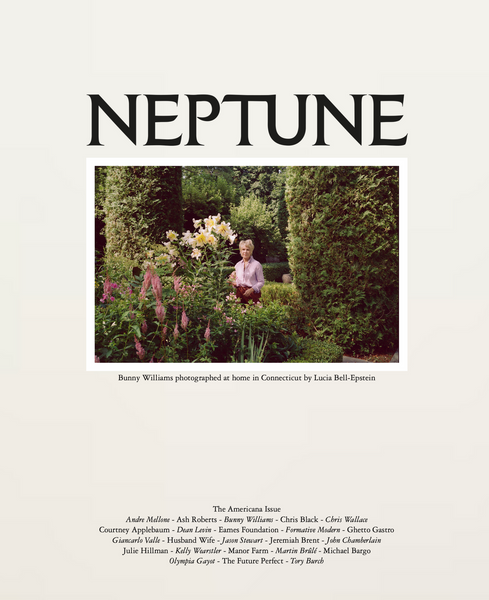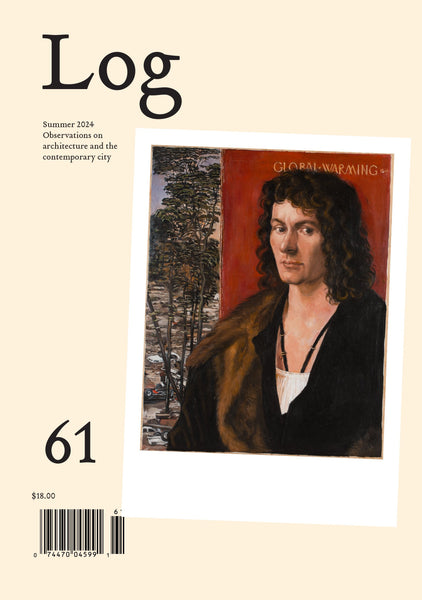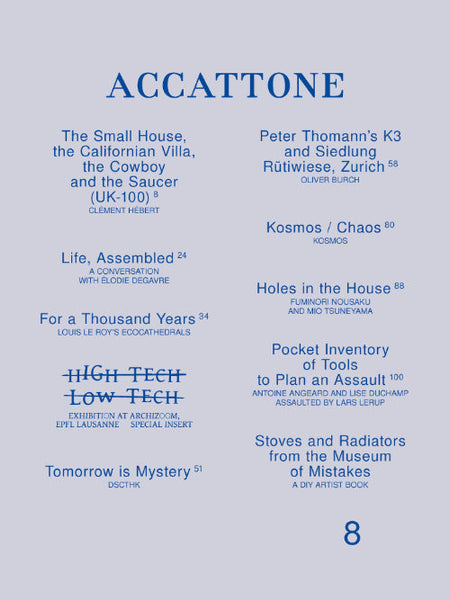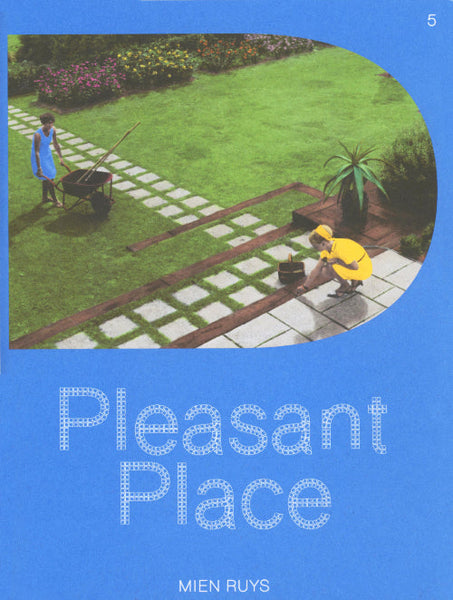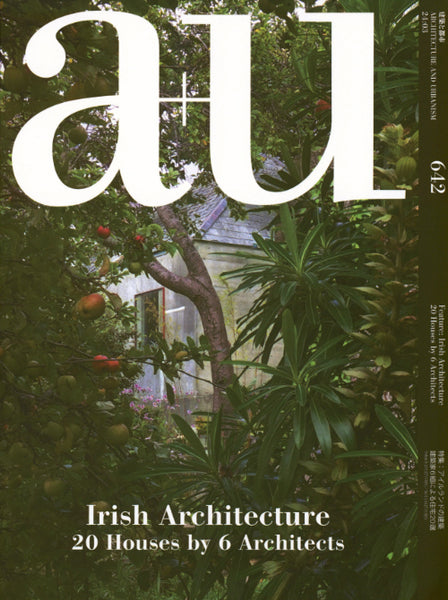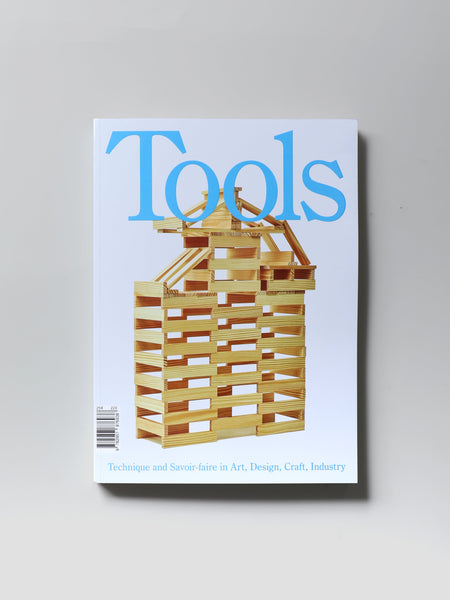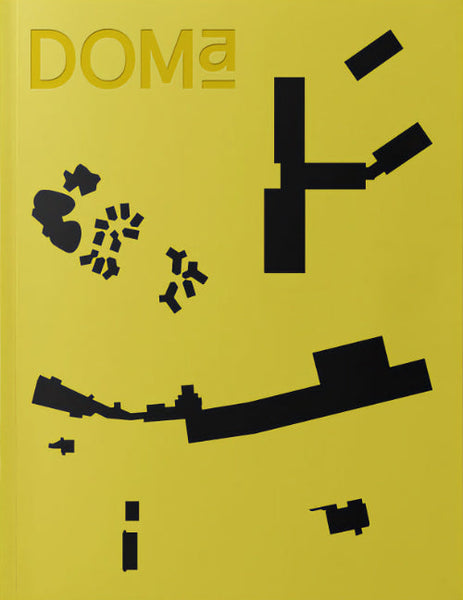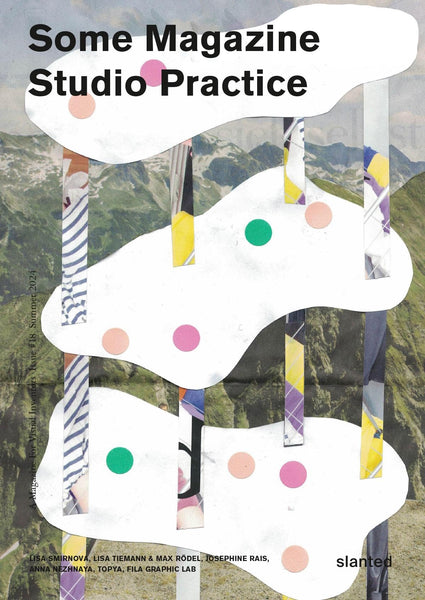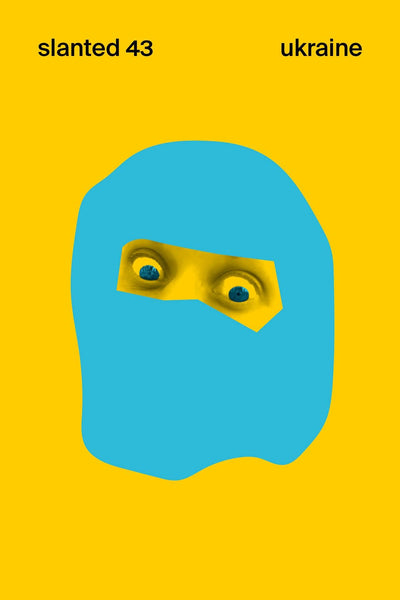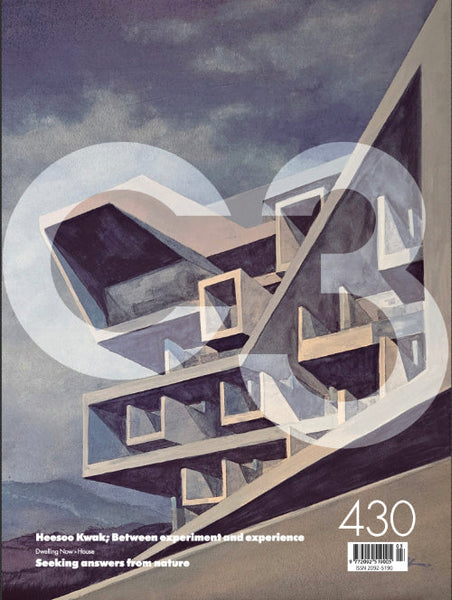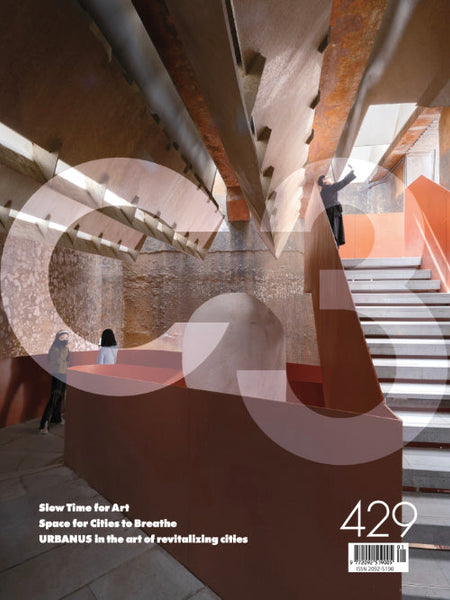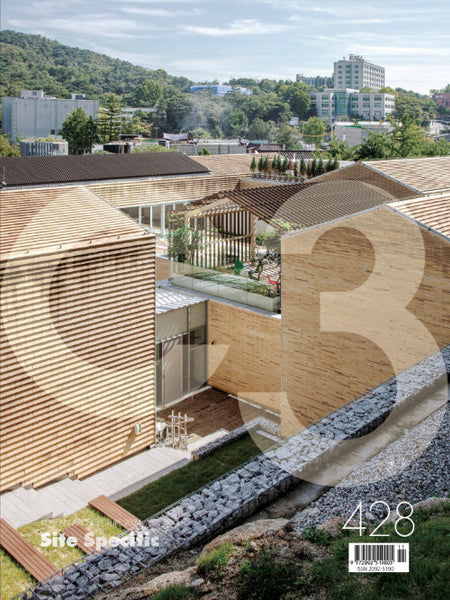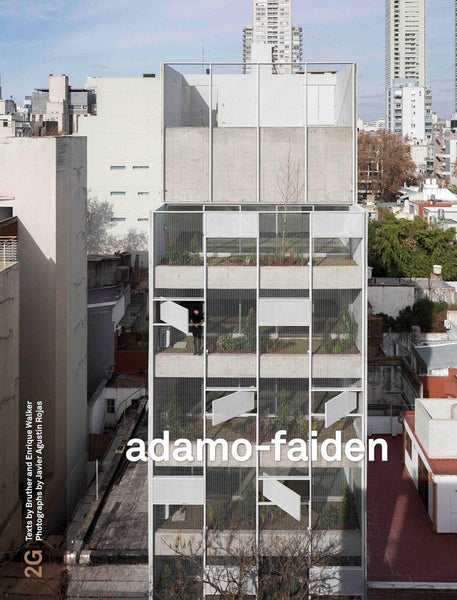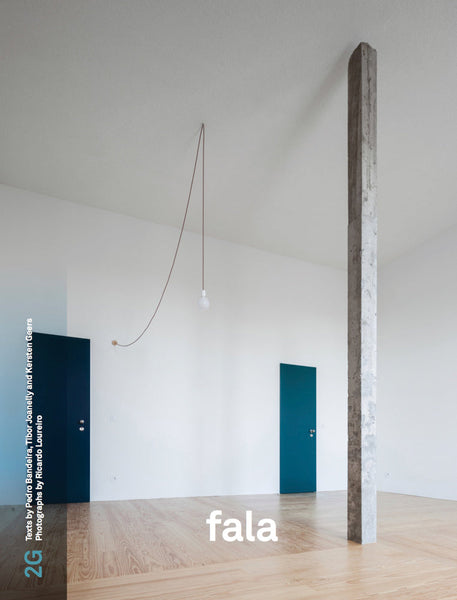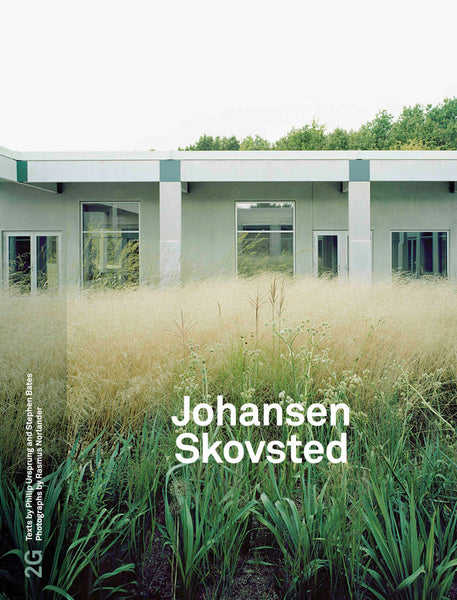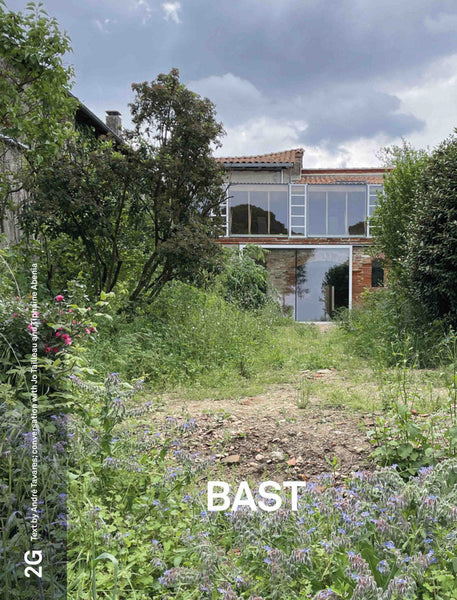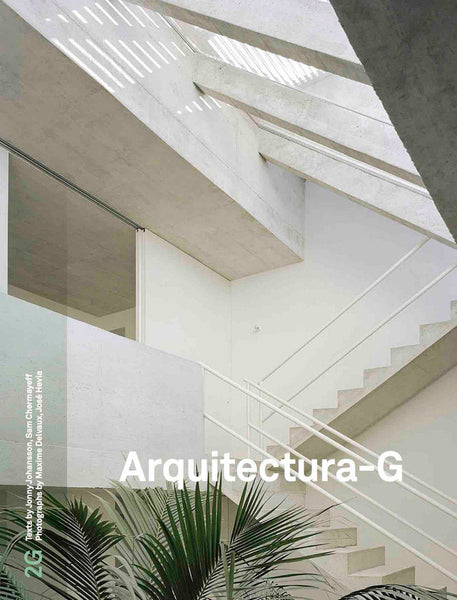

Arquine Magazine No.85 | Glass
Arquine Magazine No.85 | Glass
$10.00
Arquine 2018
SKU: S01608
A good part of the reflections on the inherent characteristics of glass - translucency, opacity, transparency, reflection, refraction, etc. - of the last century, took as subject the Marcel Duchamp's Great Glass, a complex work that allowed us to delve into a myriad of facets physical and phenomenological that were only possible with the crystal. However, the glass architecture is not a novelty of our time and the most canonical referents start with the Crystal Palace (1855) by Joseph Paxton, and are extended with the glass pavilion of Bruno Taut (1914), from its transparency, projected a utopian fantasy towards a new society without structures and a political metamorphosis.
In turn, the prophetic project of the office building for the Berlin Friedrichstrasse of Mies van der Rohe; the essay Glasarchitektur by Ludwig Hilberseimer (1929), where he praised the possibilities of steel and glass structures; La Maison de Verre by Pierre Chareau (1928-1932); the tower of the Johnson laboratories of Frank Lloyd Wright (1939); or the Farnsworth House of Mies van der Rohe (1945-1951) are some of the
mythical antecedents of modernity.
With the new century and the proposals of Rem Koolhaas, Herzog & de Meuron or Kasuyo Sejima, the contemporary conception of transparency was far from what modern architects aimed at, giving way to evanescent surfaces and solid crystalline prisms.
Removed the walls, the thin glass membranes showed transparent spaces, and therefore controllable. Security cameras, drones and hyperinformation, among the glass prisms that make up our cities, annul the anonymity of the common citizen, now scrutinized by a panoptic eye - the one that sees everything - and global.
This issue 85 presents both sides of the transparency: from the most recent recent works that have used glass in a suggestive way, such as self-supporting glass walls, translucent masks, transparent bricks or carved glass prisms, to the most critical reflections on technology of transparency, where life - self and others - appears in a showcase.
PB/ 122 pp
![El Croquis 114 [II]: Njiric + Njiric](http://stoutbooks.com/cdn/shop/products/114_2_eps_large_1ed4ae5c-18bb-4c92-aabe-6484fbf1e18a_grande.png?v=1571709360)
